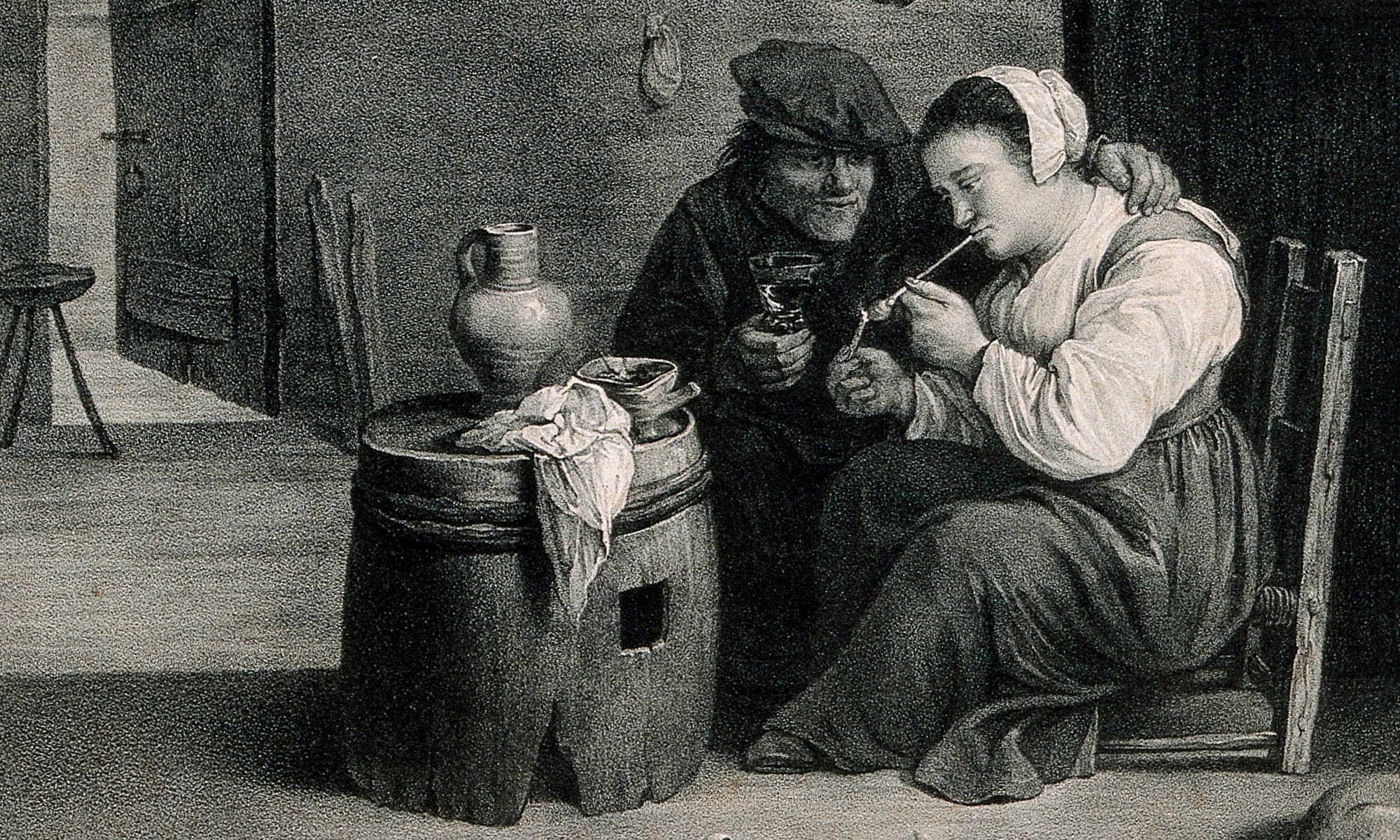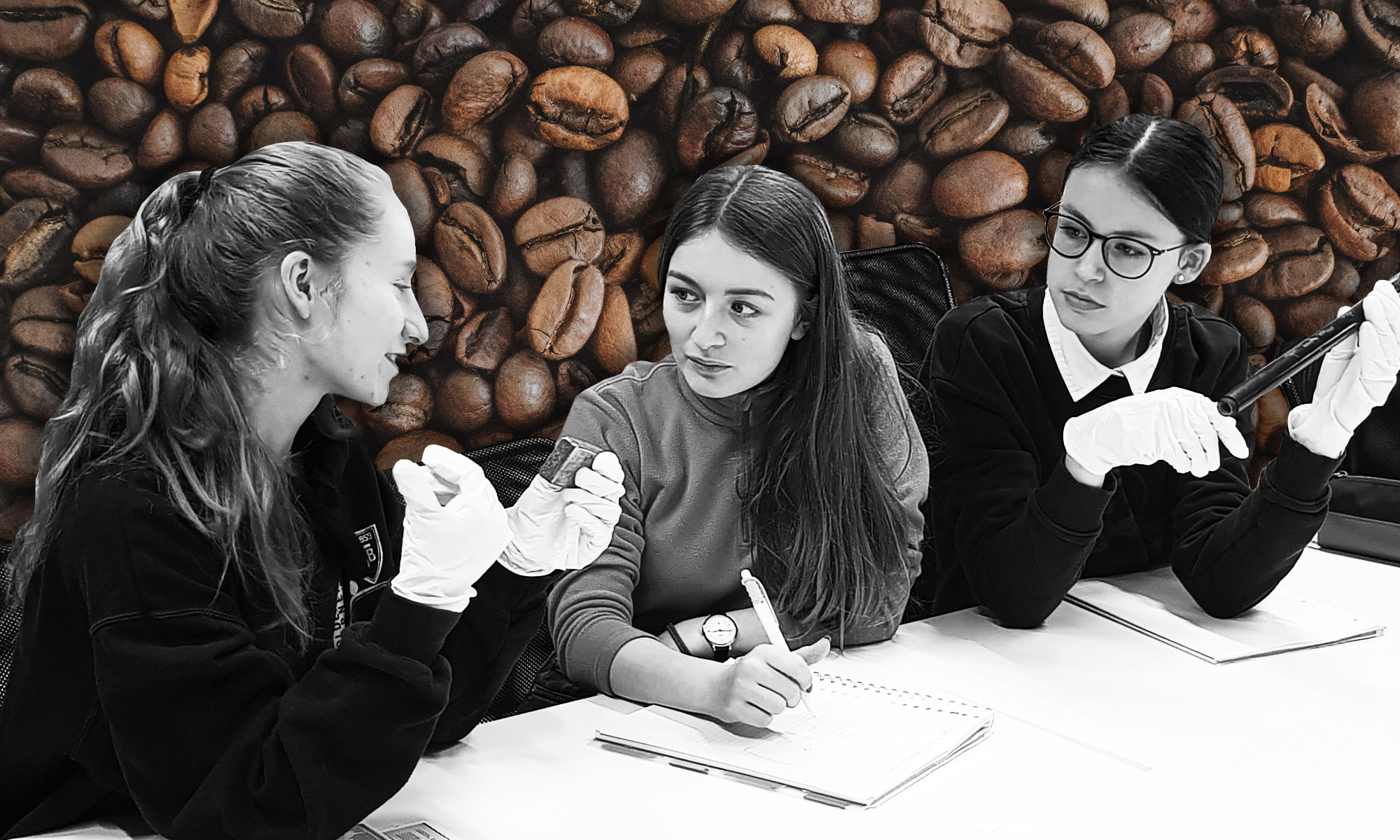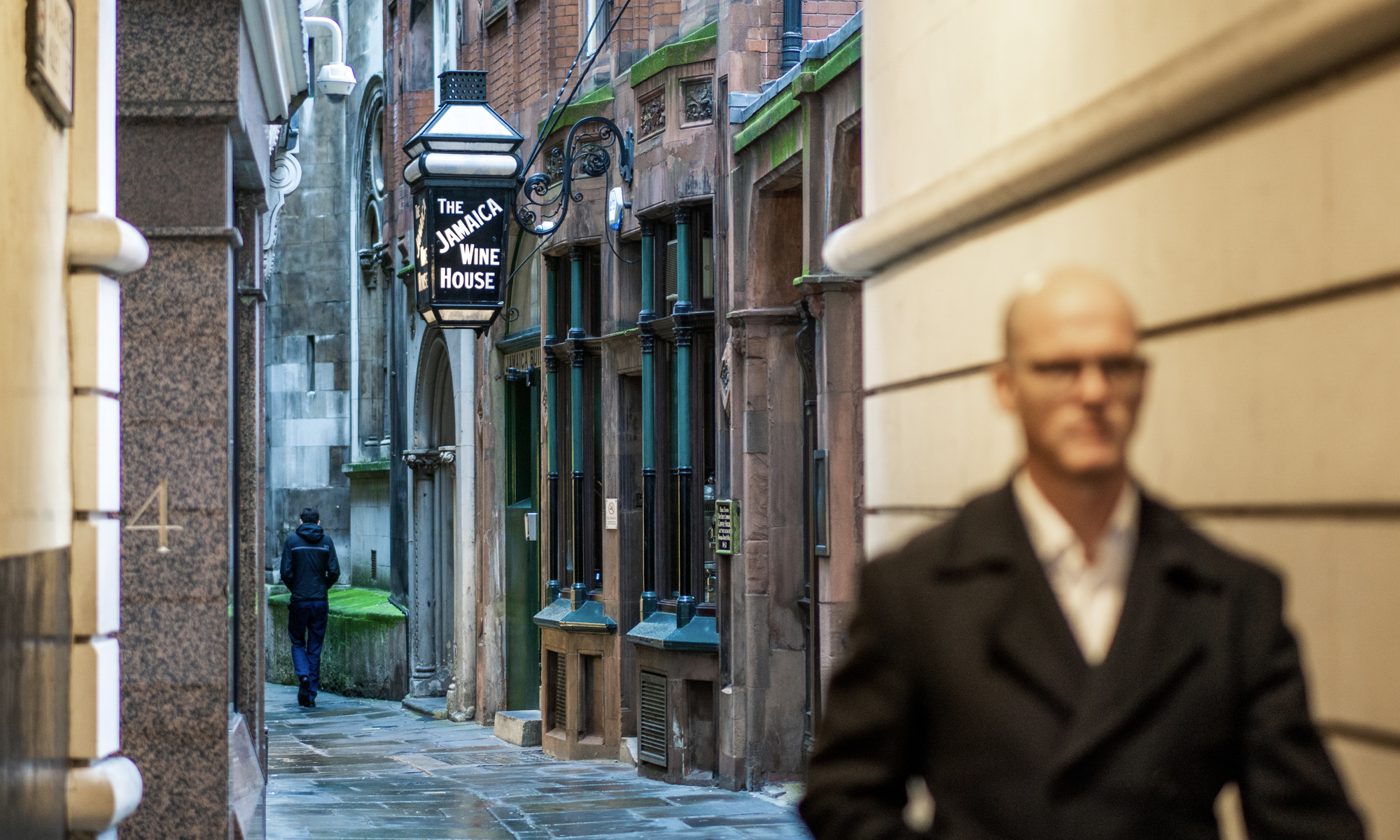One ear-achingly chilly day in February 2020, forty-odd pupils from secondary schools in Oldenburg and Neu Wulmsdorf, three teachers and I descended on the German Maritime Museum (DSM) in Bremerhaven. Our mission? To explore the museum’s extensive collection of intoxicant-related historical treasures and to brainstorm ideas for an exhibition – researched and curated by students with assistance from staff at the DSM – on the history of tobacco, coffee, tea, chocolate, and sugar in port cities of the early modern period.
Ground Level: Exploring London’s Historical Coffeehouses
One of early modern London’s most common intoxicating spaces was the coffeehouse; a 1739 survey by historian and topographer William Maitland identified 551 institutions in the capital (although the real figure was probably higher), while by the turn of the nineteenth century there were around 2,000 metropolitan establishments, making London the most caffeinated city in the world outside Constantinople. At a loose end before a meeting a couple of weeks ago, I decided to go in search of a handful of better-known City coffeehouses to see what remains of them within the urban landscape.
Continue reading “Ground Level: Exploring London’s Historical Coffeehouses”


